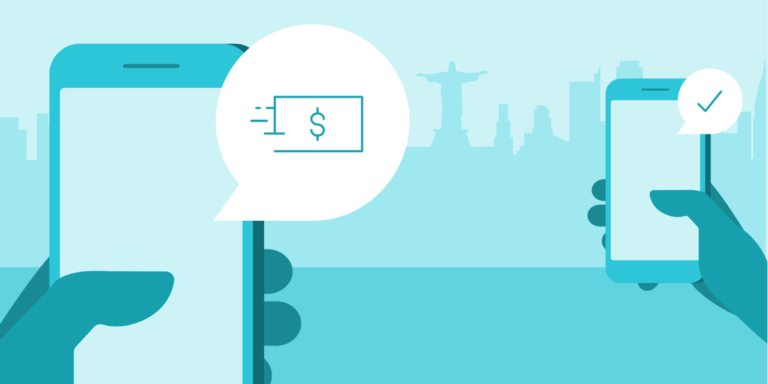Internationally, money transfers are one of the most used payment methods. They are less expensive, safer, and more dependable than other payment options. A bank transfer is a method of moving funds between accounts. A great deal occurs behind the scenes when money is exchanged, despite its simplicity.
As a company owner, you must understand the bank transfer procedure in your nation, including how long it takes and why it takes so long, to determine if it is worthwhile to provide bank transfers as a payment option.
1. The Bank
A bank may facilitate a variety of transfer kinds. For example, if you are merely moving funds from one account to another within the same financial institution, you may do it for free at your bank. It may be accomplished in person at a bank by taking funds from one account and depositing them into another, or it can be initiated online.
International money transfers are also possible through your bank. However, you will typically need more information. For example, international wire transfers made in U.S. dollars cost around $45. Sending funds in a foreign currency will cost around $35. Rates fluctuate and may vary according to your bank.
Customers want you to enable transfers between financial institutions as fast as possible without forcing them to visit a branch when they live in a world where many individuals have accounts at many financial institutions.
With Payveris, you become your customers’ financial hub. Account-to-Account external transfer services connect all their external financial institutions to your own. This enables individuals to move cash to and from their accounts and financial investment accounts and create new accounts using monies stored at other institutions.
Technically, all immediate payments are made via A2A (account-to-account) transfers, which might occur between two different individuals or organizations. The term A2A, on the other hand, is most usually used to refer to financial transfers between two accounts held by the same person or organization. For example, you can find more information on A2A vs P2P on the involved platforms.
2. Wire Transactions
A wire transfer is one of the quickest methods to electronically transfer money from one person to another using bank or nonbank services such as TransferWise and Western Union.
For a domestic wire transfer, you will need the routing number, account number, and recipient’s name. You may additionally need the address of the receiver. You may be able to transmit this through the Internet, or you may need to visit a bank location.
Wire transfers are fast and may enable you to send more money than other options, but they may be costly. For example, consider that your bank may impose a midweek deadline for wire transfers, which cannot be made on weekends or Federal Reserve holidays.
Sending a cheque over the mail might be a dangerous proposition. Although it is unlikely, there is always the potential that a check may be lost or stolen while in transit from your mailbox to the receiver. For example, your check may be lost in the mail, and you will be charged late penalties while attempting to persuade your creditors that you made your payment on time.
If your check is taken, the criminals obtain access to your routing number and account number, and they may use this information to empty your bank account if they so want. Using cash transfers instead of checks avoids these issues and provides you with the immediate assurance that your payment has been received and processed.
3. Email Transmission of Funds
Your bank may provide a service that enables you to transfer money by email or mobile phone.
In most circumstances, you will be able to transmit this money directly from your bank’s app. This may be a speedy choice for transferring money to another individual, but you should know the transfer speed and your bank’s sending limitations.
The transaction speed is one of the most critical advantages of money transfers. Unlike checks, which may take up to a week to be received and processed, money transfers can be made immediately and completed within two days. The rapidity of the money transfer makes managing your finances and paying your invoices on time considerably simpler. In turn, this may help you avoid late penalties and other expenses that may have resulted from sending payments in an old-fashioned manner.
The most incredible bargain for money transfers may be found by comparing prices and researching available solutions. Take your time and search online for the most recent fee information. In one case, the cheapest way of sending funds may not be the same as another. So do your research to ensure that you are not surrendering your hard-earned money to large financial institutions or money transfer companies.

